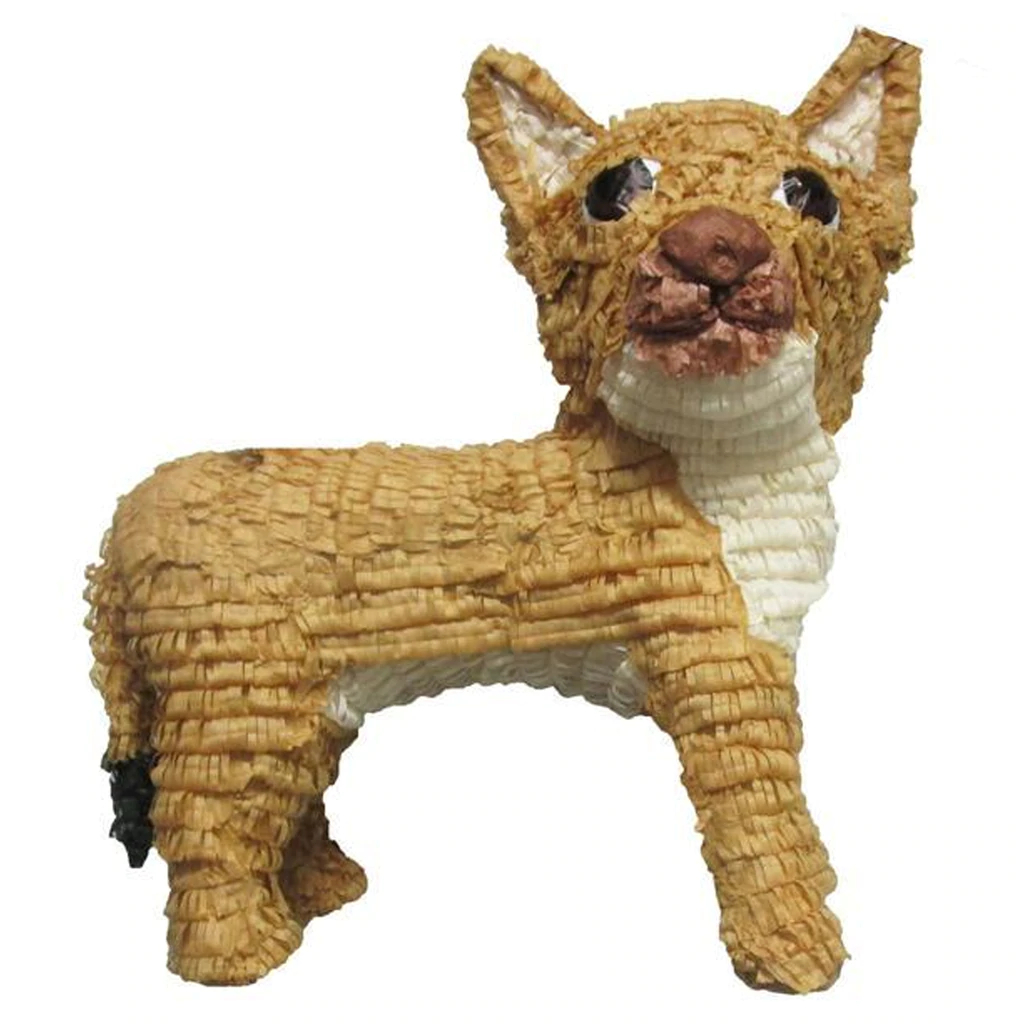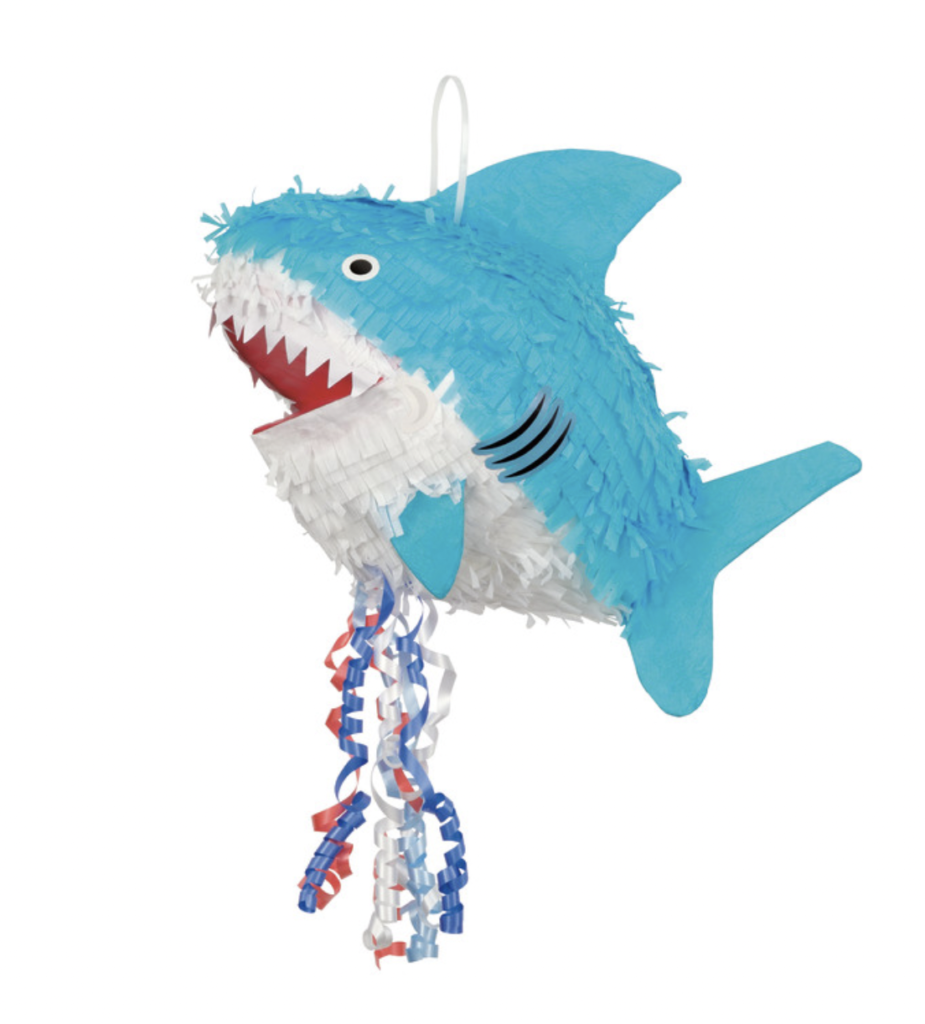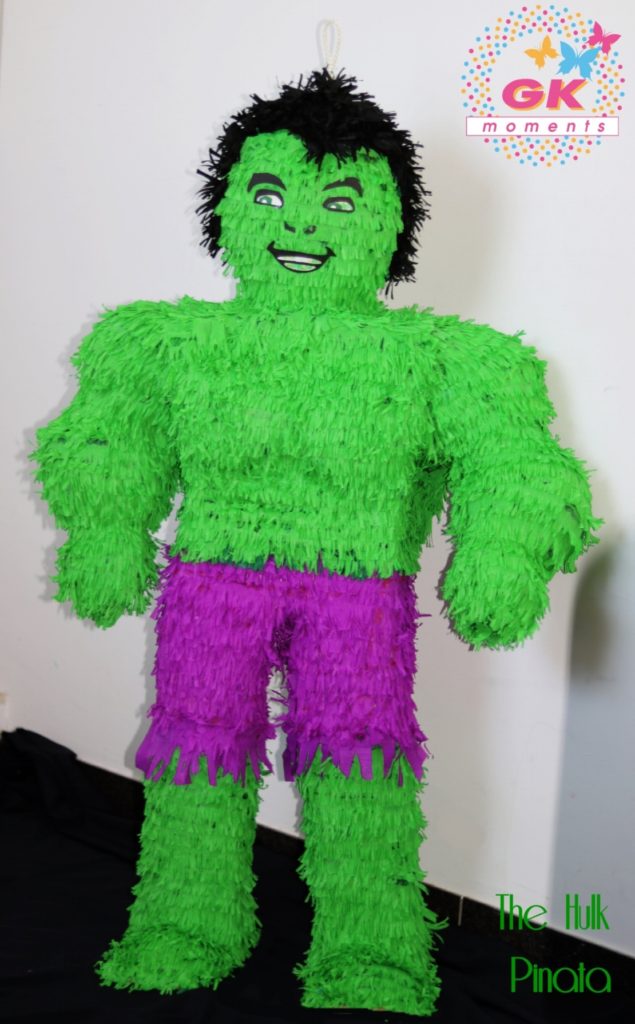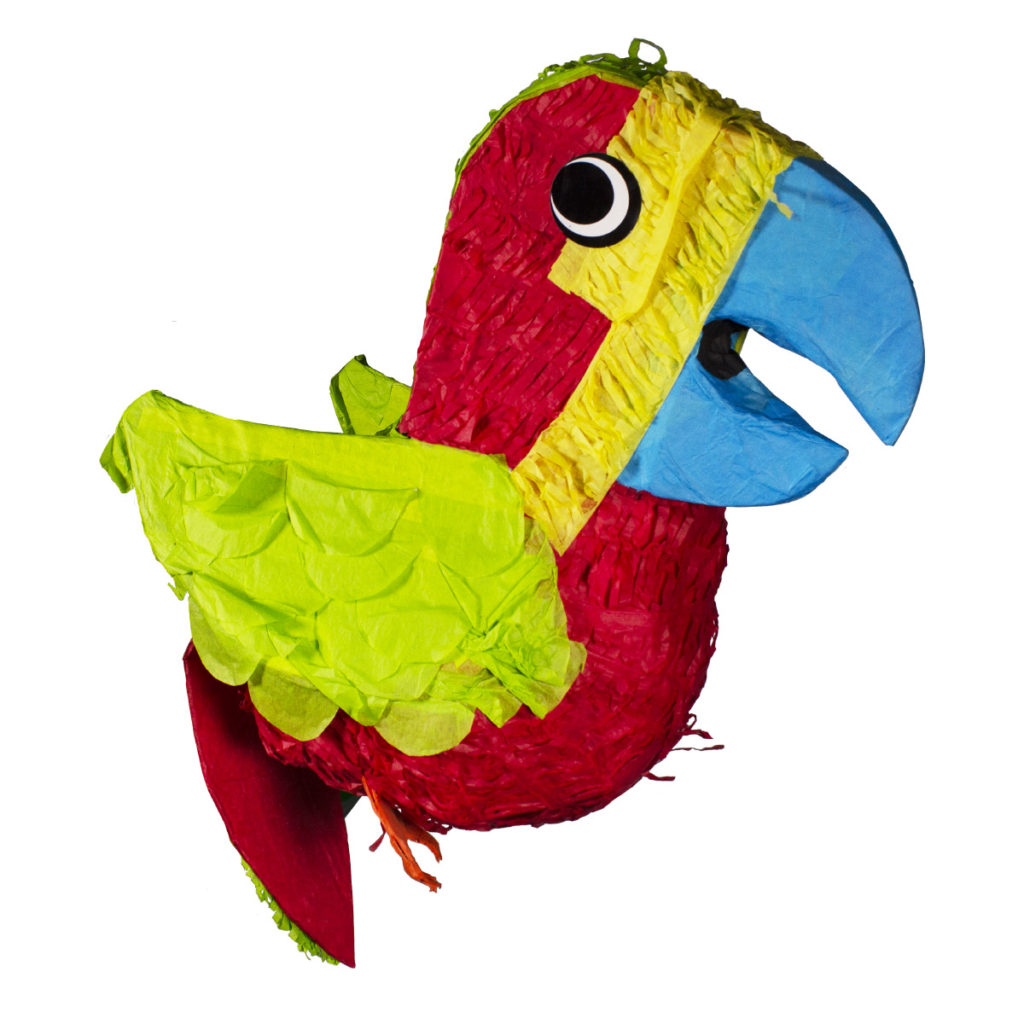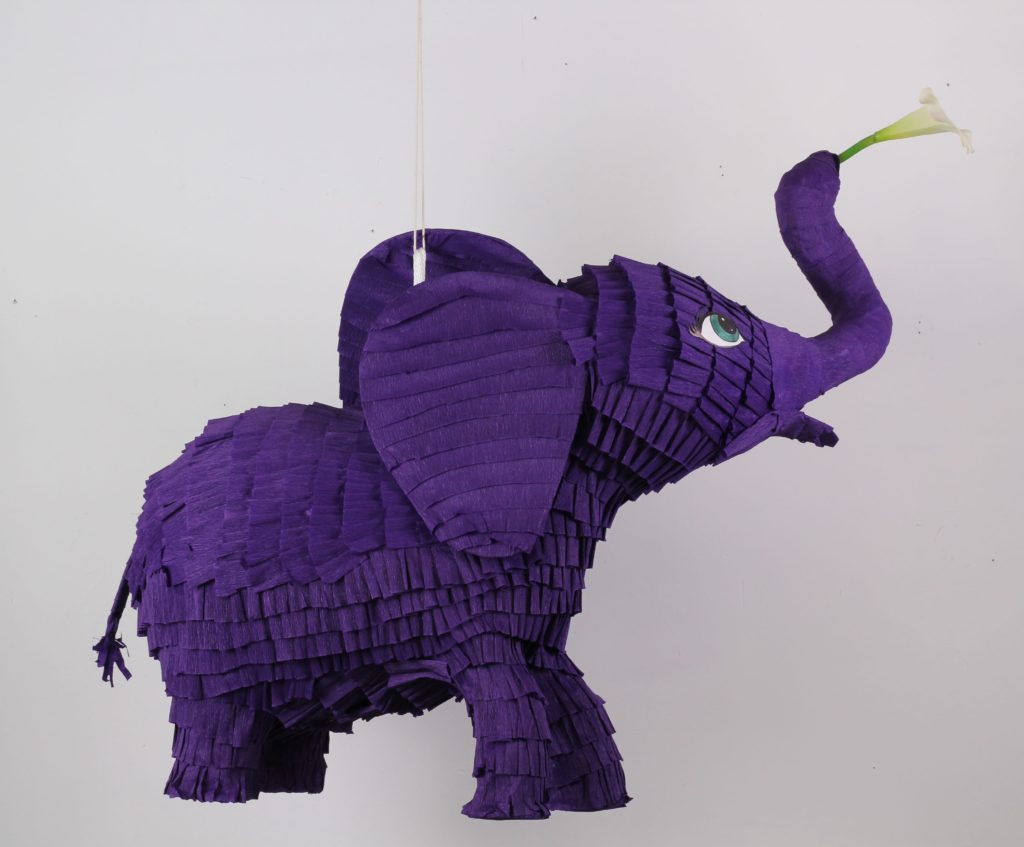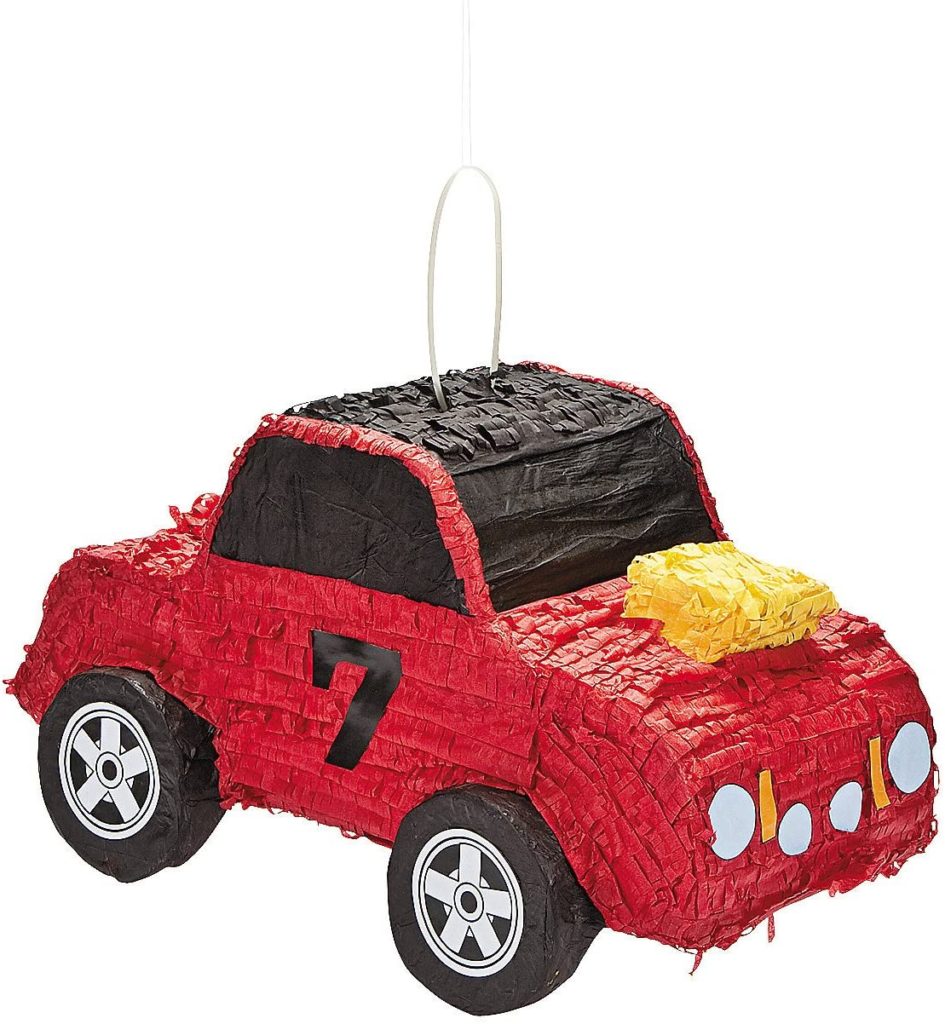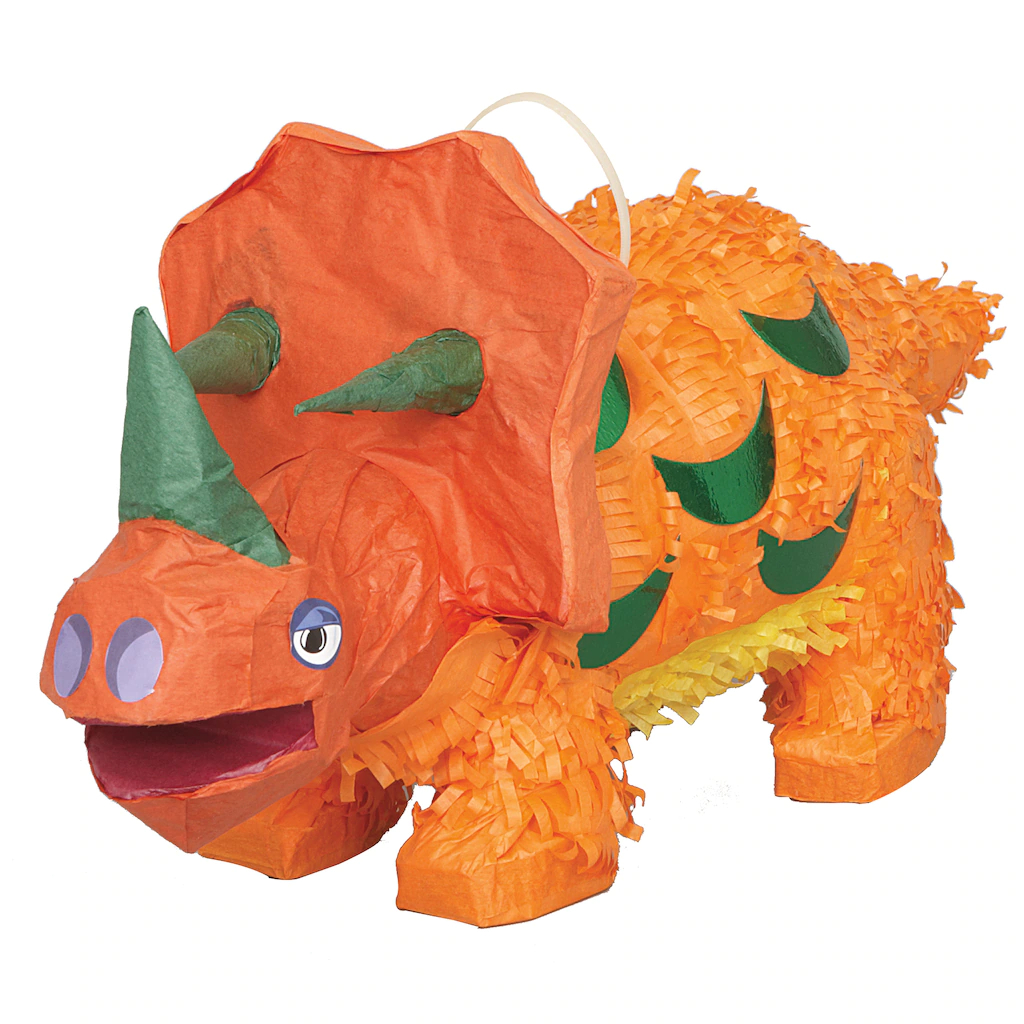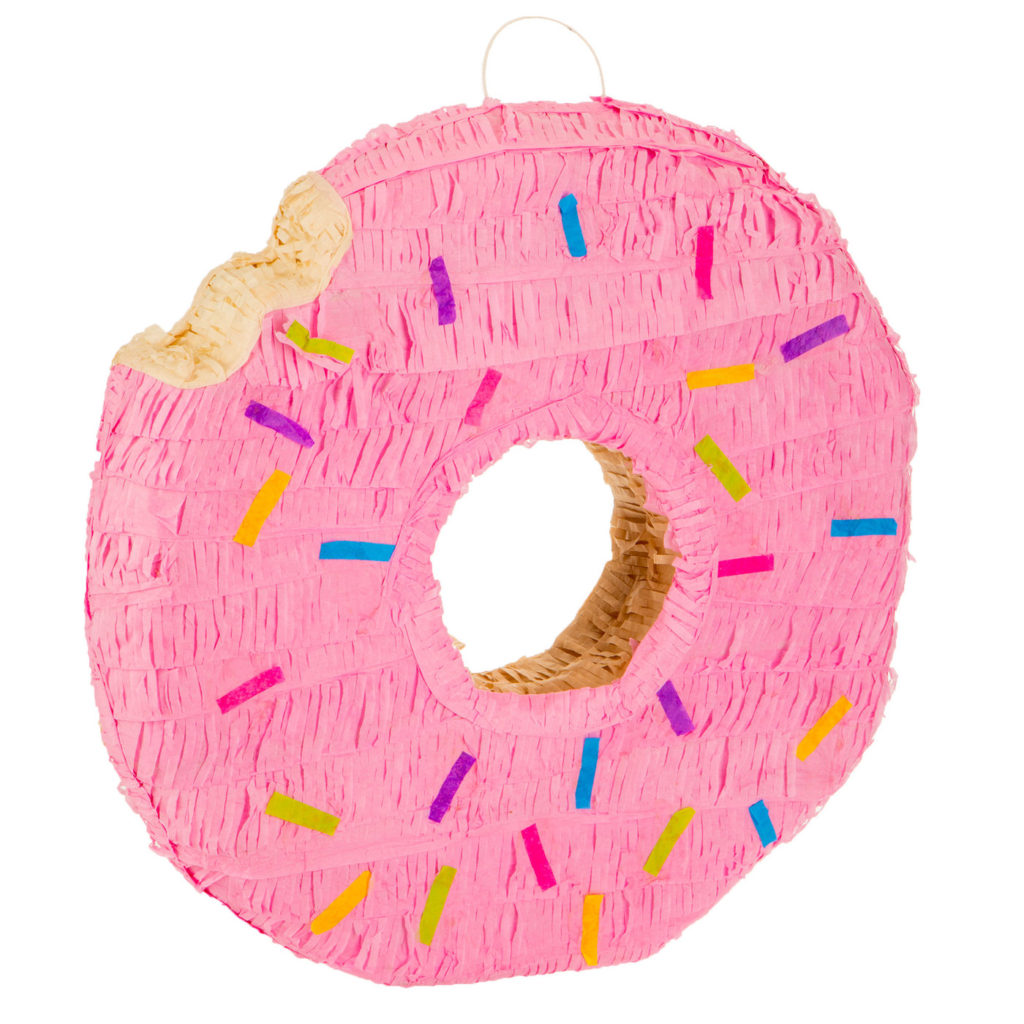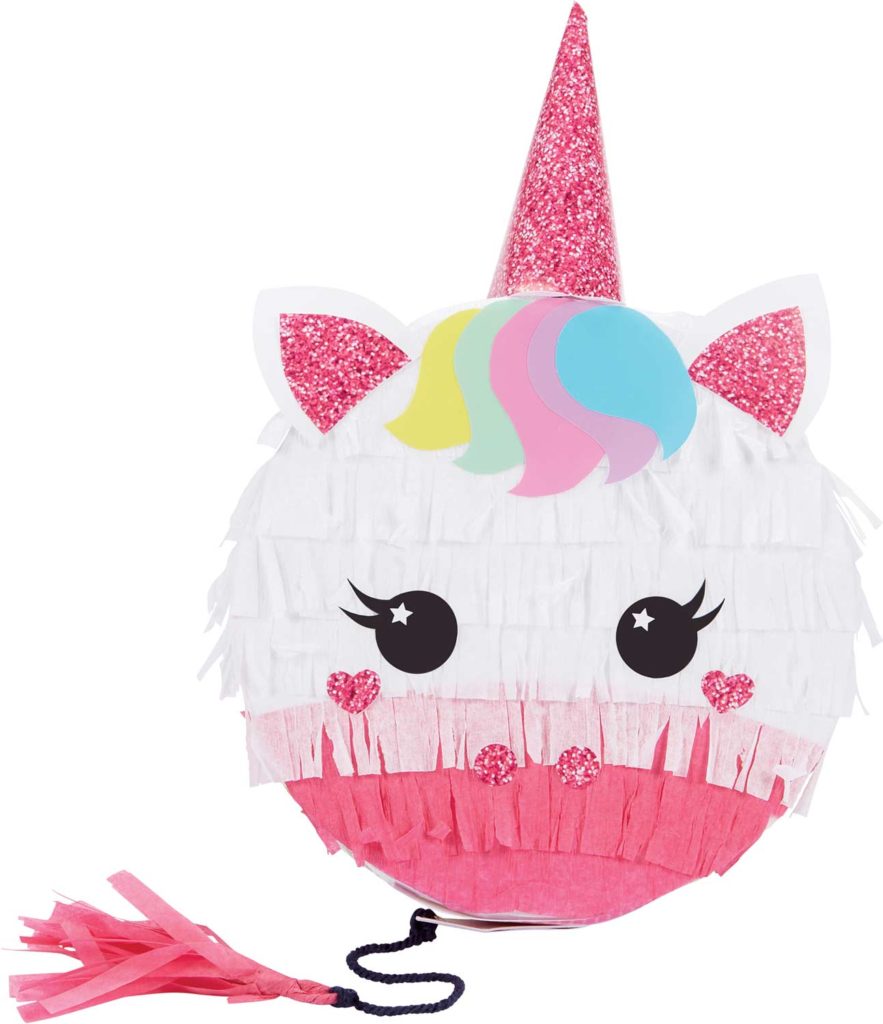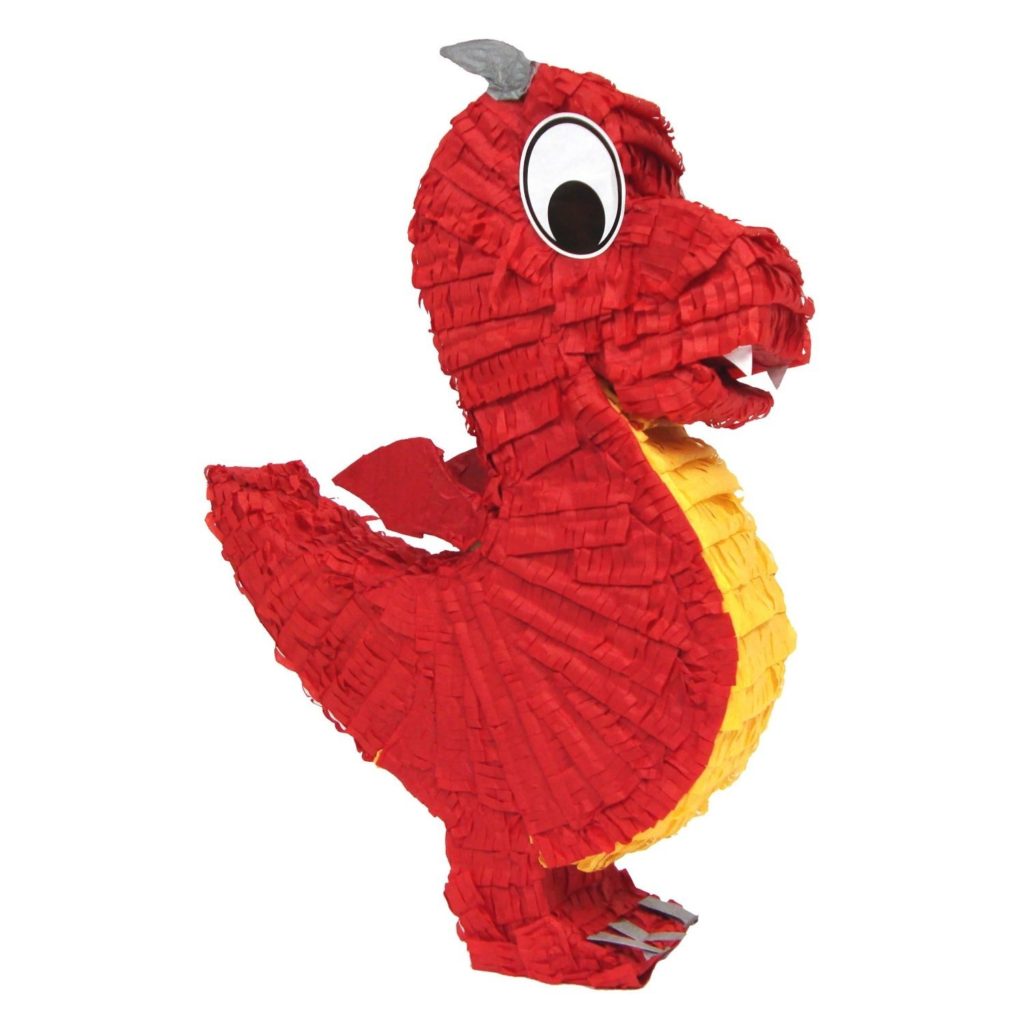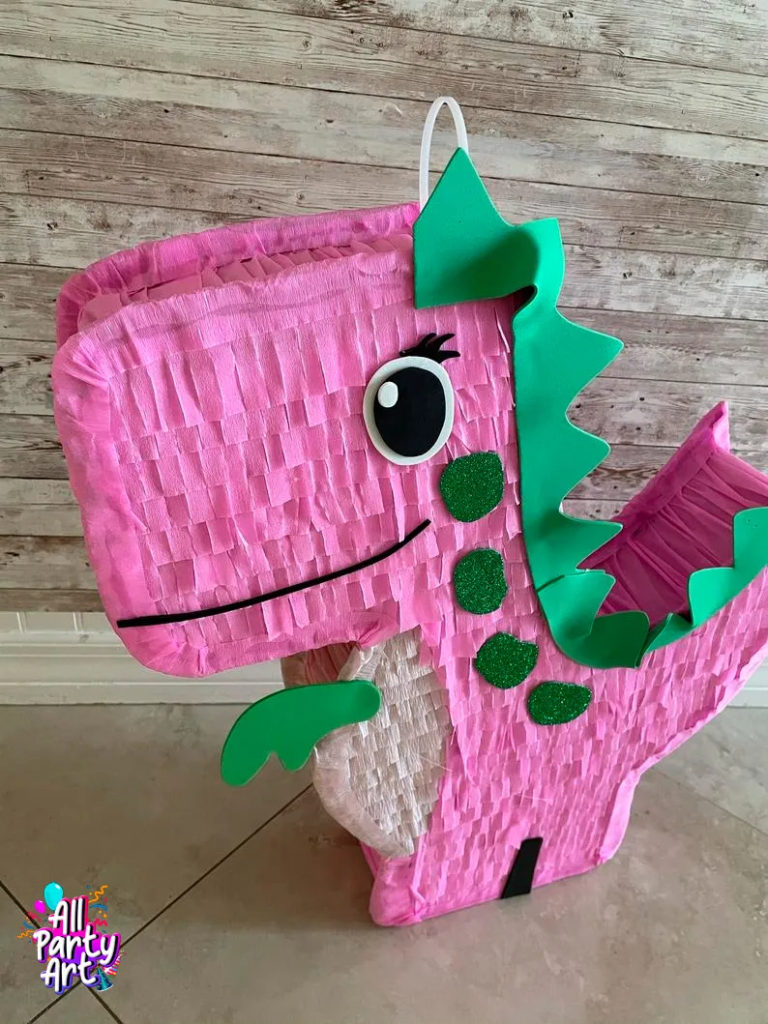A piñata (/pɪnˈjɑːtə/, Spanish pronunciation: [piˈɲata] (is a container, often made of papier-mâché, pottery, or cloth, that is decorated, filled with candy, and then broken as part of a celebration. Piñatas are commonly associated with Mexico. The idea of breaking a container filled with treats came to Europe in the 14th century, where the name, from the Italianpignatta, was introduced. The Spanish brought the European tradition to Mexico, although there were similar traditions in Mesoamerica, such as the Aztecs’ honoring the birthday of the god Huītzilōpōchtli in mid-December. According to local records, the Mexican piñata tradition began in the town of Acolman, just north of Mexico City, where piñatas were introduced for catechism purposes as well as to co-opt the Huitzilopochtli ceremony. Today, the piñata is still part of Mexican culture, the cultures of other countries in Latin America, as well as the United States, but it has mostly lost its religious character.
WMS Art & Education

